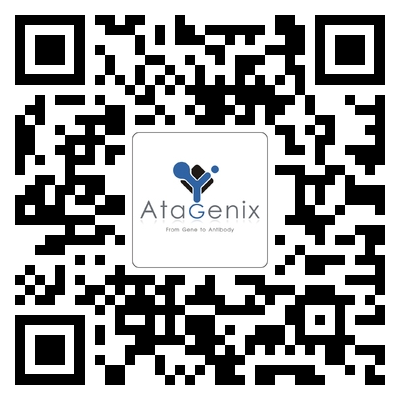
- All products
- Recombinant Protein
- Antibody
- Gene
- Tool Enzyme
- 2019-nCoV products
- Assay Kit
- Phage Library
- Cell Culture Medium and Cell Bank
- Antibody Drug Analogues
- All services
- Protein
- Antibody
- Therapeutic Antibody Development
- Recombinant Antibody Expression
- Home Page
- Product
Polyclonal Antibody Monoclonal Antibodies Control Antibody,Tag Antibody Flow Cytometry Antibody Small Molecule Antibody Pathological Antibody For IHC Secondary AntibodyNew 2019-nCoV Related Kit 2019-nCoV Related Protein New 2019-nCoV Antibody New IVD Material SARS RelatedTUNEL Assay Kit Inclusion Bodies Purification Assay Kit TMB Substrate SDS-PAGE Express Staining Solution Seamless Cloning Assay Kit
- Technical Service
- Technical Support
- Experiment Center
- News Center
- Literature Citation
- About Us
E.coli Expression System
Introduction
E. coli expression system,one of the most widely used expression systems at present, features with clear genetic background, short cultivation period, easy to scale up production, and strong anti-pollution ability, etc. With more than 10 years efforts, AtaGenix has established the 3H (High through, High efficiency, High quality) E. coli expression system, and the expression success rate of the platform is over 95%. The unique expression purification and replication platform has successfully delivered tens of thousands of cases of E. coli expression service projects.
Advantages
1. AtaGenix has more than 10 years of experience in protein expression, 15 medium and large microbial culture shakers and fermentation equipment, 12 ultrasonic crusher, pilot-type high-pressure homogenizer and other ancillary equipment, which can realize high-throughput, and large-scale E. coli expression production.
2. There are a variety of E. coli expression vectors pET series, pGEX series, etc. Multiple expression hosts: standard expression strains, strain T7E that enhances protein expression, C41 that expresses toxic proteins, ultra-low temperature strain Arctic that enhances soluble expression of proteins, and other AtaGenix optimized strains; through the optimal combination of different vectors and strains, it can achieve the efficient expression of proteins, the success of protein expression. Through the optimized combination of different vectors and strains, efficient protein expression can be achieved, and the success rate of protein expression exceeds 95%.
3. AtaGenix has a complete production line for E. coli expression, purification and endotoxin control, which can produce high quality proteins for use in cell activity experiments, and animal experiments to meet the demand for high quality proteins.
Workflow
category
E.coli Expression Protein A
1. Expression system optimization: including host bacteria, induction temperature, induction time, concentration of inducer and culture medium.
Host Bacterium | Induction Temperature | Induction Time | Induction Agent | Medium |
T7E,BL21,C41,Arctic | T7E,BL21,C41,Arctic | T7E,BL21,C41,Arctic | IPTG | LB/Auto Induction Medium |
Figure 1: Optimal conditions for Protein Expression
Figure 2: Results of Protein Purification
The expression of protein A was 8 mg/L, and the fermentation conditions were optimized, including the optimization of media components, batch and feed tests, and the expression of 70 L batch fermentation was 60 mg/L.
2.3C enzyme removal of protein MAT tag, the specific results are shown in Figure 3 and Figure 4
Figure 3: Results after Proteolytic Cleavage
Figure 4: A Protein QC after Tag Removal and 3C Enzyme Removal
- Telephone:Technical:027-87433958 Marketing:027-65279366
- Mailbox:Technical:Info@atagenix.com Marketing:Sales@atagenix.com
- Address:Building C,No.666,Shen Dun Si Lu,Wuhan,430076,CHINA

Follow“AtaGenix”
WeChat Official Account
Copyright © 2024 Lawyer Theme All Rights Reserved